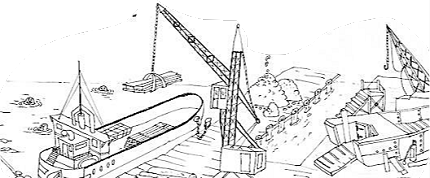Utilising three horizontal ‘timeline’ rows, one each for air, land and sea, this panel looks at activities from across the District between the years 1820 and 2020, including two national “firsts” - the very first airfield in Britain and the first purpose-built main road for motor vehicles.
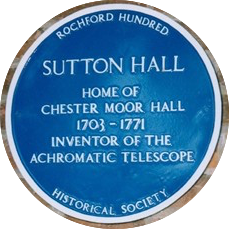
The telescope in the top frieze depicts the work of Chester Moor Hall from Sutton, who invented the achromatic lens in 1729 and built the first telescope free from colour distortion.
Whilst outside the timeline for this tapestry panel, this major invention enabled giant telescopes of the 1800s to improve studies of the night sky.
His passion led to the invention of an efficient telescope. He used a double lens of two different types of glass and this gave us the present day telescopes, microscopes and cameras. On his memorial in Sutton church he is referred to as an 'able mathematician, inventor of the achromatic lens for the telescope'.
A commemorative blue plaque is on the wall of Sutton Hall.
The very first airfield in Britain was constructed in the unlikely setting of the tiny village of South Fambridge in 1909, although it lasted only a few months.
This is commemorated on the tapestry by the biplane at the top left of the panel.
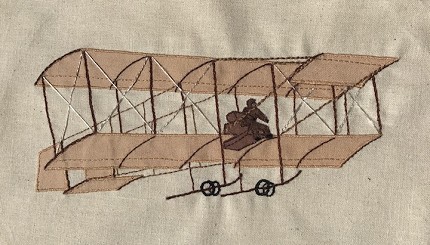
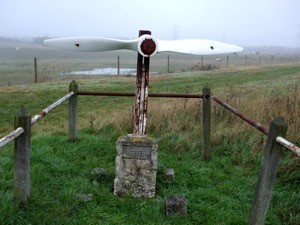
To the right of the biplane are some Commonwealth War Graves, located in various churchyards across the District.
Alongside is a propeller memorial, which marks the site in Shotgate, Rawreth, of a First World War air crash that killed Captain Henry Clifford Stroud in 1918.
Next is Canewdon Radar Station, established in 1936, which played a leading role during the Second World War.
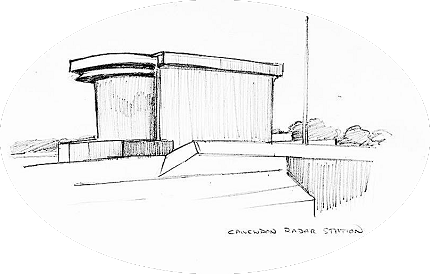
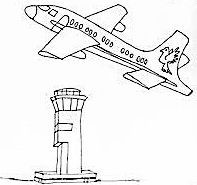
Finally, we show a modern plane and the control tower at Southend Airport, the bulk of which is in Rochford District.
The airport started life in 1914, opened as a military airfield for the Royal Flying Corps in 1916 and was the home of RAF Rochford in World War Two. A leisure landing strip can also be found at Barling.
The middle row of the tapestry panel begins with the single track railway coming to the District in 1889, with children enjoying free rides to Wickford to celebrate its arrival.
Rochford was chosen as the location for a new reservoir which was needed to supply water to the steam trains.
The railway’s Freight House is also shown.
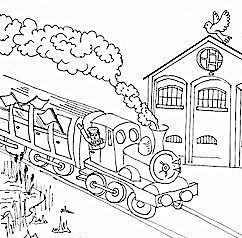
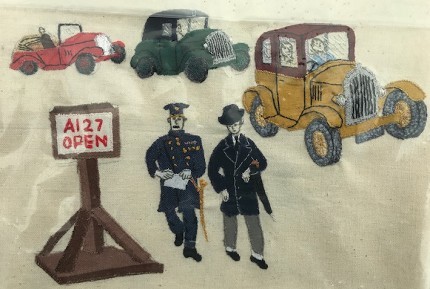
The District boasts another British transport first: the A127 was the first purpose-built main road for motor vehicles.
The tapestry shows the official opening being carried out by Prince Henry in 1925.
Next to the A127 are two men holding up an inflatable tank. Tanks like this, plus other decoy measures such as fake runway lights, were deployed around the District during the Second World War in places such as Foulness, Sutton and Barling to divert German bombers away from London.
This was known as the Ghost Army – can you find their symbol displayed elsewhere on this panel?
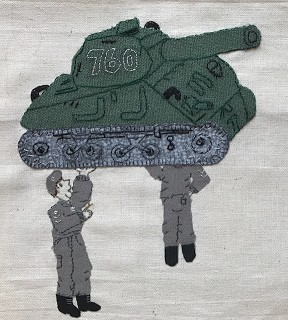
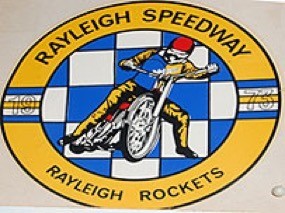
Next in this timeline is a rider from the Rayleigh Rockets speedway team, which operated from 1949 to 1973.
Explore more of the team's history on the BBC's local history page and the Defunct Speedway website.
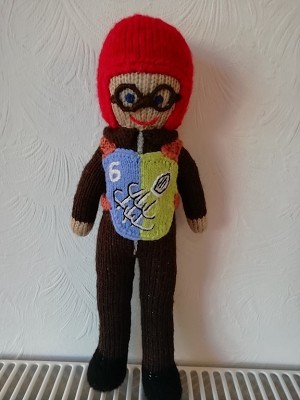
Debris from the Crossrail excavations in London is seen emerging from a conveyor belt to help with land reclamation at the RSPB (Royal Society for the Protection of Birds) site on Wallasea Island.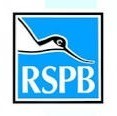

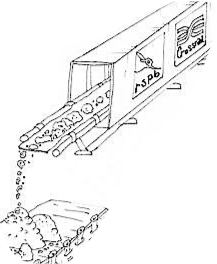
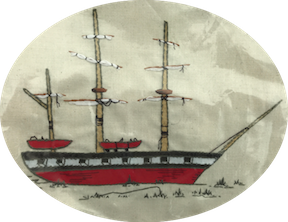
1820 saw the launch of HMS Beagle, later made famous by Charles Darwin’s 5 year discovery voyage. Can you spot it on the tapestry in the bottom row?
It was anchored off Paglesham in 1845 as part of a campaign to deter smugglers. This site is now listed by Historic England.
In the frieze beneath the prow of the Beagle is Whittingham’s Iron Foundry, Coach & Wagon Works in Rochford, which launched a new motor vehicle garage in 1924.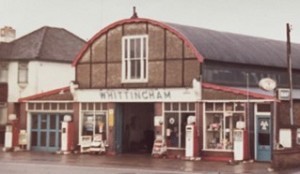
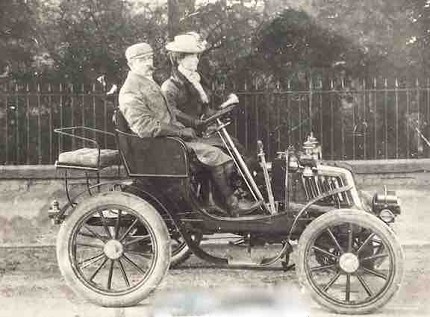
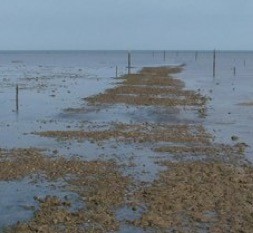
To the right of the Beagle are a screw-pile lighthouse on Maplin Sands and ‘The Broomway’, a footpath across the mudflats from Wakering to Foulness which is one of the most dangerous in Britain. For more information, visit the path's BBC travel entry.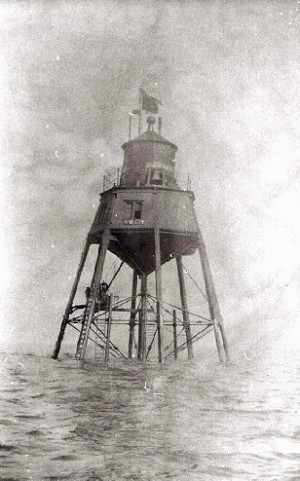
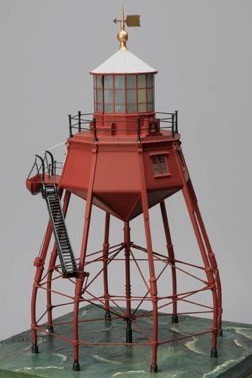
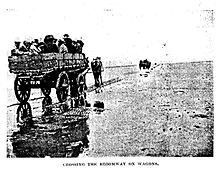
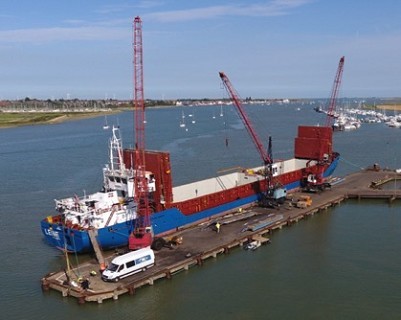
Next to that in the river are seals, regularly seen from special boat trips or ferries from Wallasea Island.
The ship in the foreground is unloading timber at Baltic Wharf on Wallasea.
In the bottom right-hand corner of the tapestry is one of the naval assault and patrol craft which were built at Wallasea Island during the Second World War.
